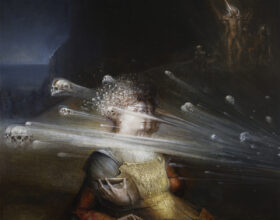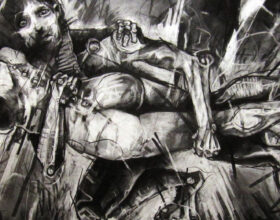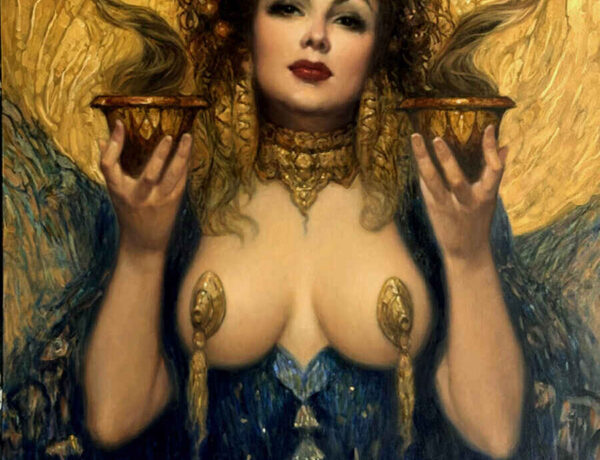Compendium Gallery is thrilled to present their newest exhibition ‘Echoes In The Abyss’ with recent Archibald Finalist and Lester prize Winner Ben Howe. This solo exhibition starting 22nd November 2024 is Howe’s second collaboration with Compendium Gallery after previously collaborating with them on his exhibition ‘Ashen Rainbow’. Over the span of two weeks visitors to the gallery can experience the Howe’s artistic prowess as he delves into the abyss that is the human condition showing off both the light and darkness that resides within us all.
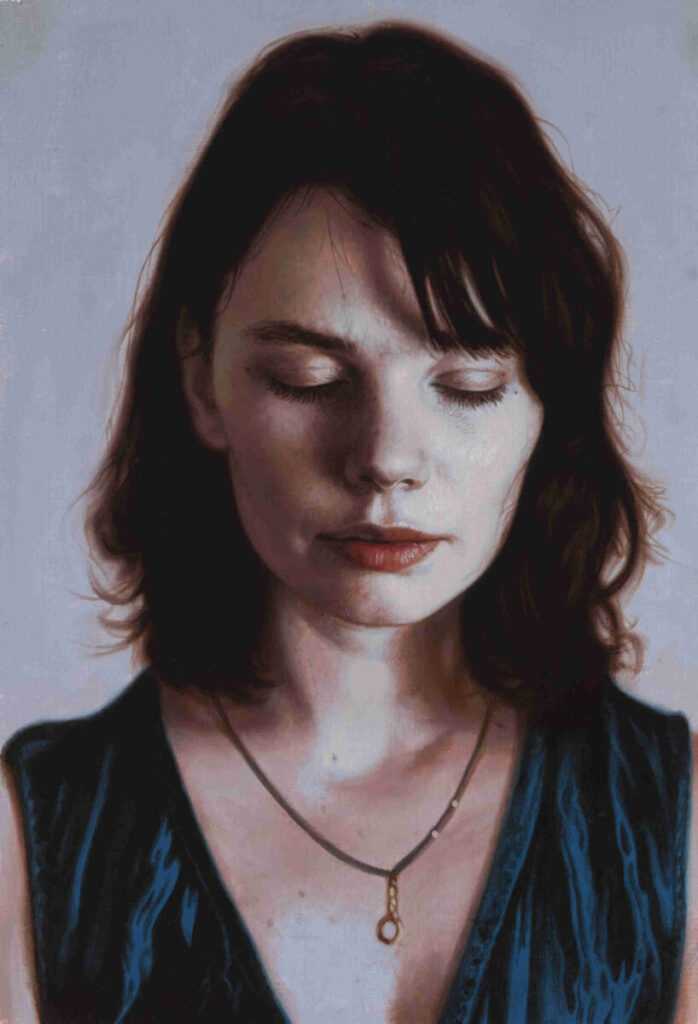
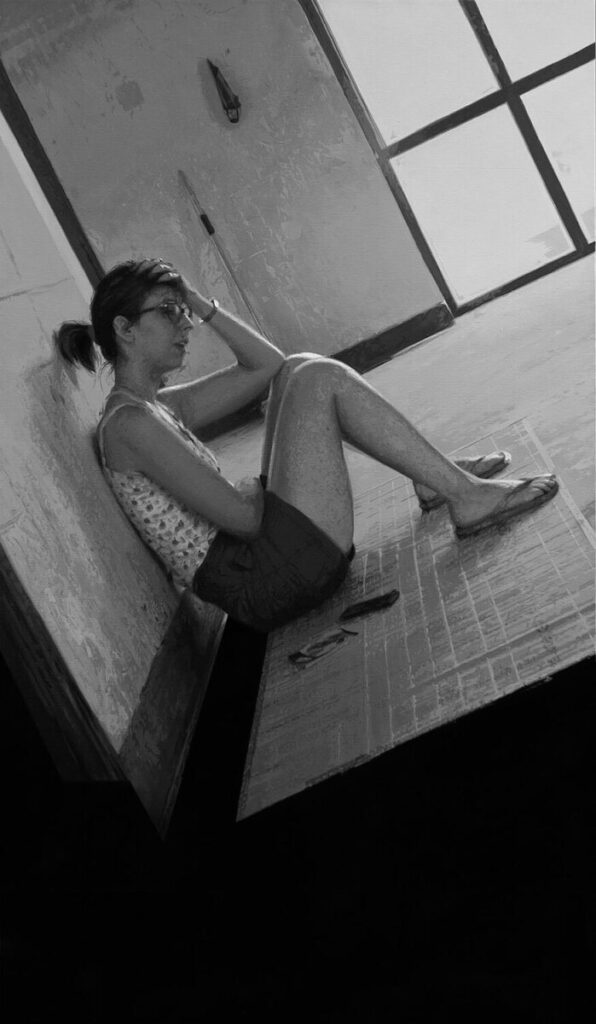
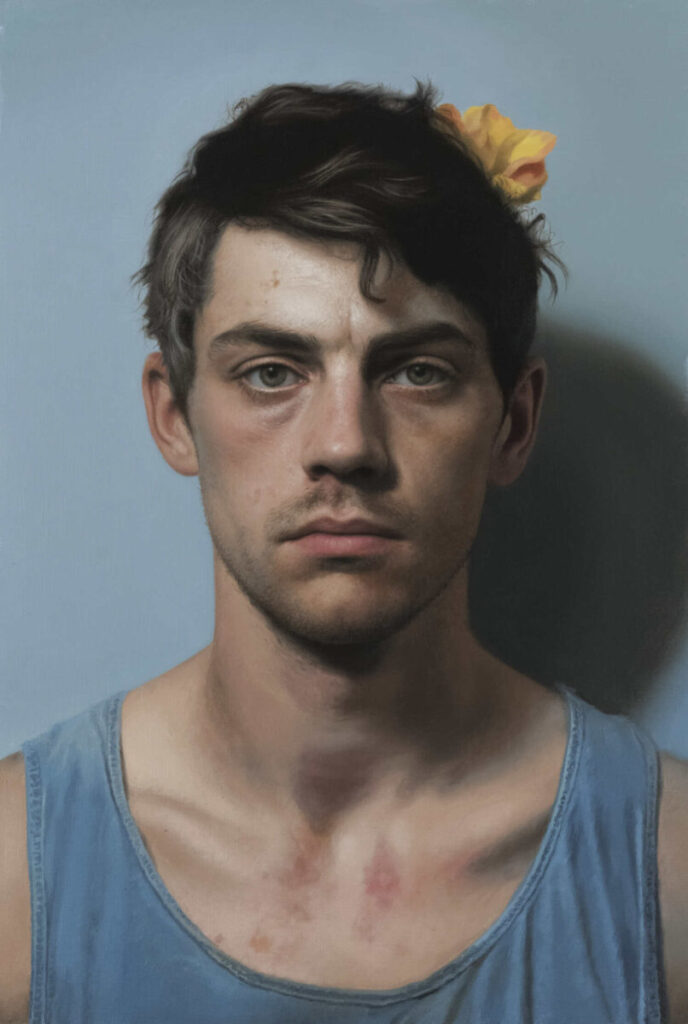
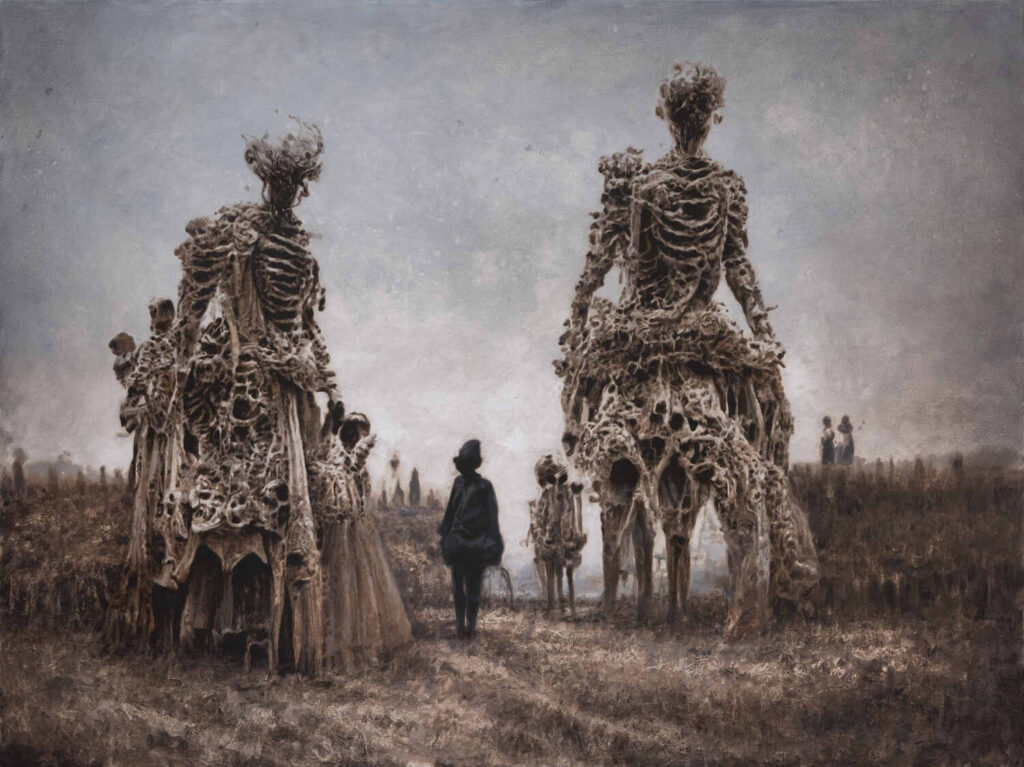
Echoes In The Abyss
Exhibition Dates: 22 November – 7 December 2024
Compendium Gallery
909a High Street, Armadale, Melbourne. Australia
Opening Hours: 11am-5pm Tuesday to Saturday
Please contact the gallery for more information by email at [email protected] or phone 0452 234 863
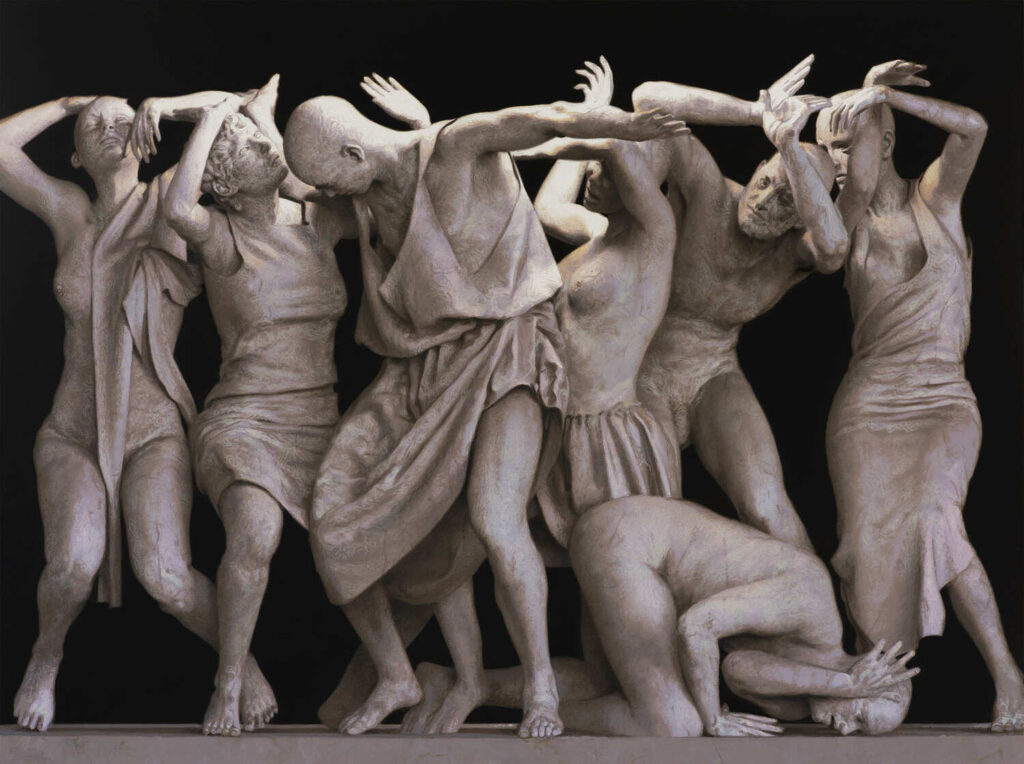
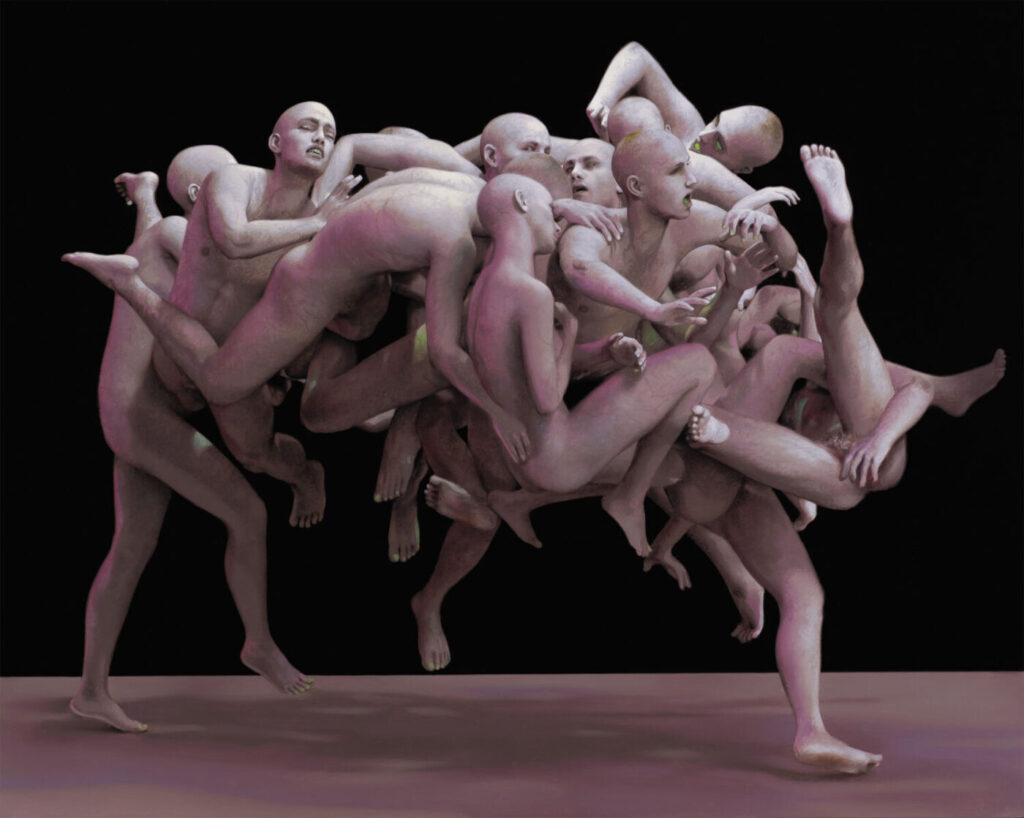
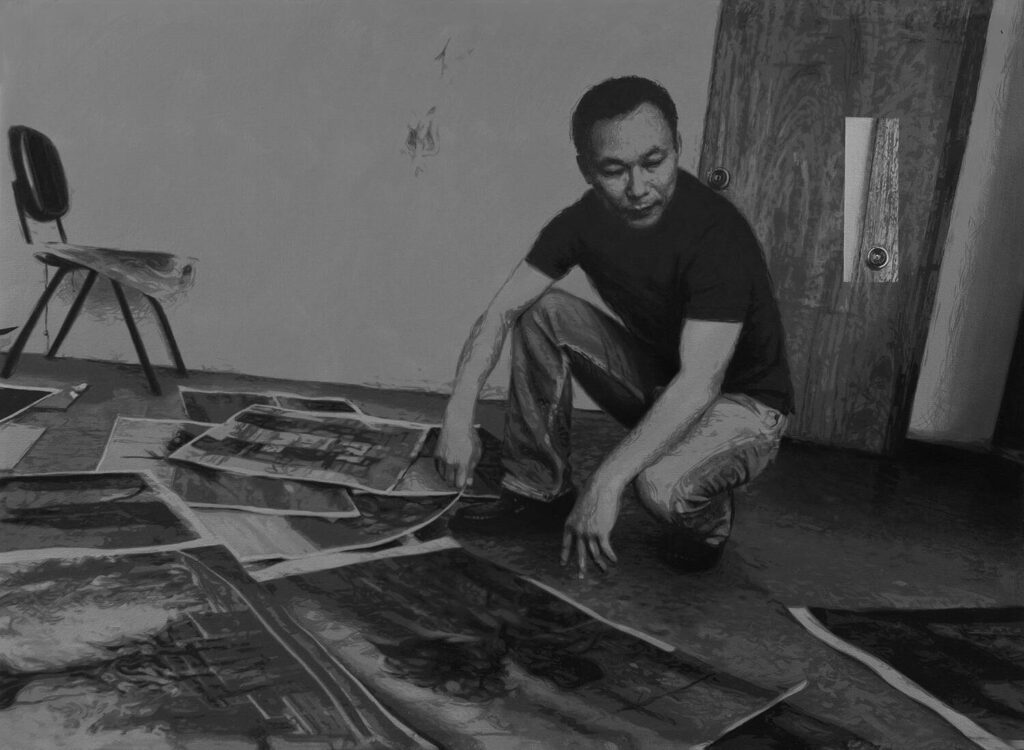
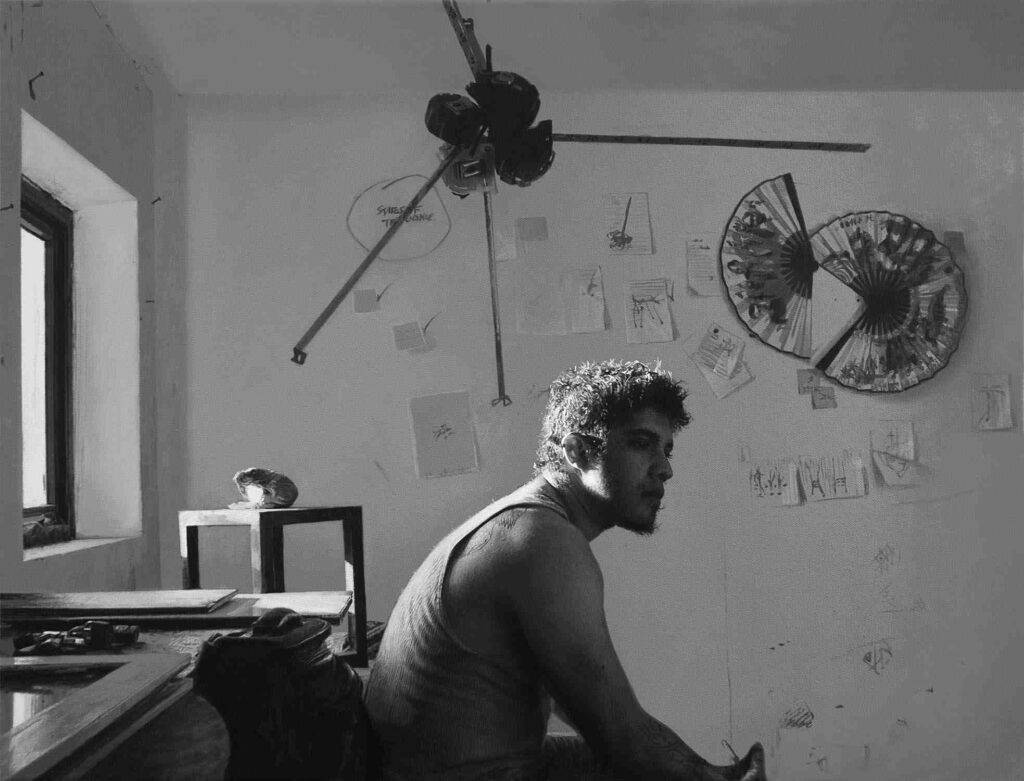

About Echoes In The Abyss //
London born Ben Howe is a contemporary painter whose established career spans decades. Holding a Master of fine art degree with distinction from RMIT University, he’s had 22 solo exhibitions and participated in over fifty group shows as well as being exhibited worldwide. Howe is known for his unique blend of scientific and surreal aesthetics, creating hyper-realistic images that explore the poetics of form and symbolism. His paintings, often ambiguous, emerge from a process that combines documentation with a focus on transformation, drawing inspiration from preliminary work in sculpture and sequential footage.
His new solo exhibition ‘Echoes In The Abyss’ features a series of reflections and reinterpretations, which take a number of approaches, from hauntingly innocent imagery to
depictions of bodily chaos. Howe explores themes including including horror, realism, abstraction and even pays homage to the iconic Italian painter and sculptor Gian Lorenzo Bernini, creating a diverse body of work unlike any other. Eerie works of historical surrealism depicts innocent, curious and almost AI-like children that lurk through organic shapes and earthy tones. His traditional realism depicted in two passport-style portraits delves into themes of intimacy and manipulation when depicting subjects. To top the exhibition off, Howe will also include a surrealist style of portraiture that twists entangled bodies together in an ode to classical marble sculpture to exhibit a sense of high emotional distress in an attempt to capture feelings of anxiety and anguish in the face of unknown forces.
‘Echoes In The Abyss’ is a captivating exploration of the human condition through Ben Howe’s innovative artistic lens. This exhibition not only showcases Howe’s technical mastery and emotional depth, but also invites viewers to engage with profound themes of identity, struggle, and transformation. This extraordinary collection pushes the boundaries of portraiture and immerses the audience in a world where reality and imagination intertwine.

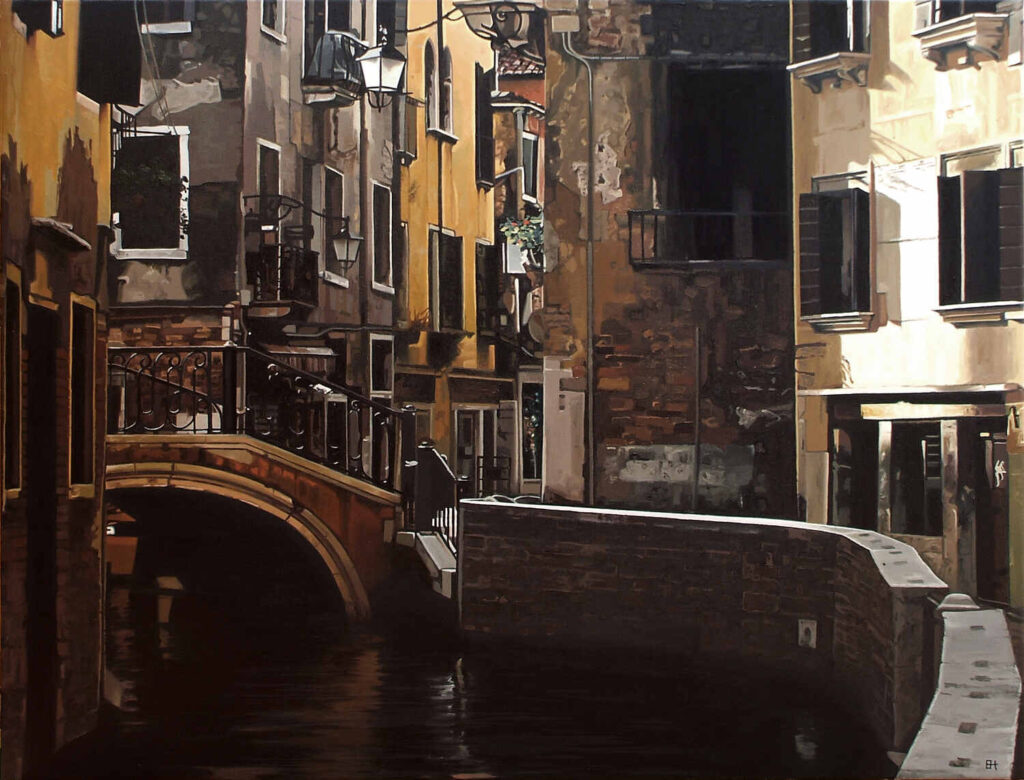
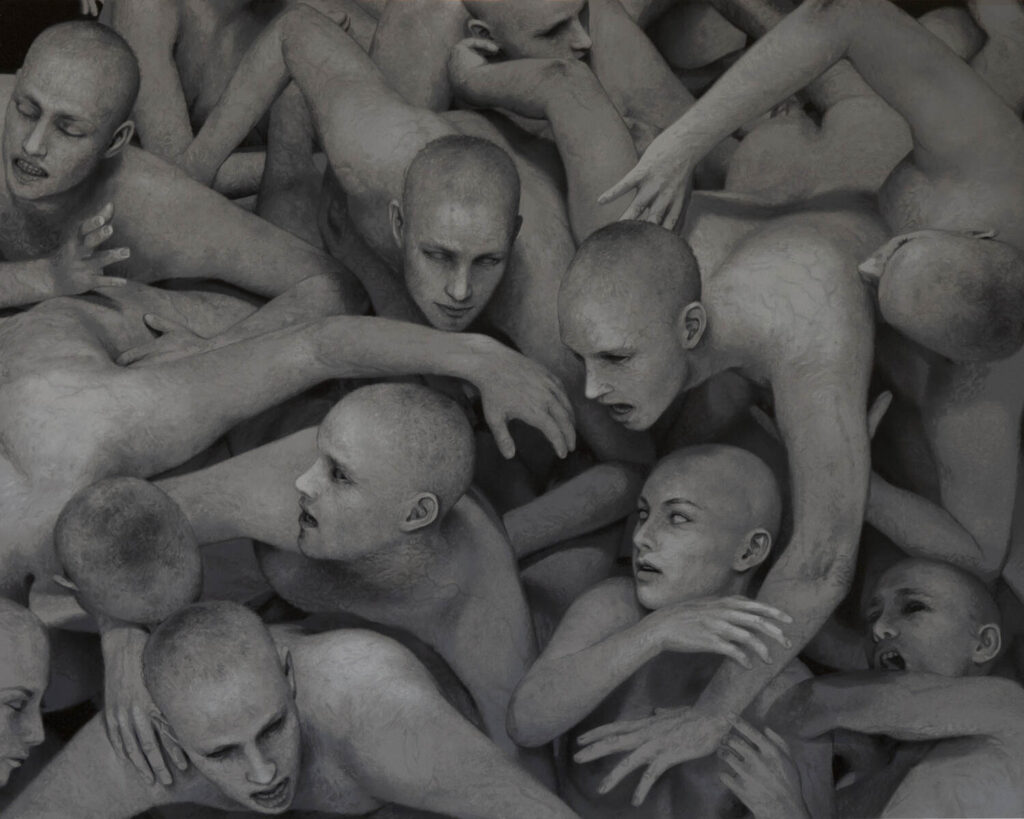
I’ve never been one to pursue a singular, constant style – my work is largely experimental, and once I feel I’ve fully explored an idea, I move forward. But there are always threads that carry through, such as issues of representation, memory, and perception.
Interview With Ben Howe
Opening a new exhibition is always such an exciting occasion! How are you feeling now that ‘Echoes In The Abyss’ will soon be open to the public?
For painters whose work takes a long time to make and are therefore cursed with a with relatively low output, solo exhibitions come about once a year at best. It’s therefore quite an occasion when the work is finally shown to the public, and we are able to receive feedback from people outside the inner circle, gaining a different understanding about where it fits within the broader discussion. I’m looking forward to seeing how the show comes together within this fantastic space, and most likely wont see it myself until the opening! Things always look so much different in a gallery compared to the studio, where I’m used to seeing the works at the easel or stacked against a wall amidst a mess of cloths, brushes and painting accoutrements.
This exhibition houses such a wide range of styles ranging from darker surrealism to traditional portraiture, what drew you to exhibiting such an eclectic mix of styles together?
Sometimes artists feel the need to put together a show that feels purely coherent. However, that’s not the most important objective in every instance. I wanted to present a series of related, but contrasting narratives. Like an anthology of poems. In a way, that’s how I’ve always gone about it.
I use the centralized theme of an ‘uncanny’ (unsettling in a way that feels oddly familiar) land, where the viewer takes on the role of an anthropologist navigating a distorted, corrupted space. There are different ways of approaching this space, and each component tells a story of shifting perspectives.
The exhibition begins with the suggestion of a ‘real’ world setting with the ‘grey paintings’, which border on the realm of narrative uncertainty. In these works, a notion of the abyss lies at the penumbra of experience. The subjects hint at being somewhat aware of this and evidence traces confusion, deep thought, anxiety or despair. In the largest piece, the man sifting through pictures on the floor provides a link to the other world described in the show: he represents the anthropologist looking back at the images he has encountered, and trying to make sense of them.
I’ve recently received a degree of recognition for my portraits, so also thought it would be good to include some that fit into the premise of this exhibition. We have ‘Mountain’, which is looking back at us with a level of judgment, and some ‘Metamorphosis’ paintings, which are based on a friend who was an early experimenter in machine learning.
My more surrealist works are exploring duration and the actualization of memory over time. These fit well within the world of the titular Abyss, as they embody a kind of self-reflection that distorts and evolves. With this exhibition, I also wanted to enter into a dialogue with the spectre of AI, and have established a world which incorporates and offers a commentary on the nascent technology – a homogenized and perhaps corrupted reflection of human knowledge.
I’ve never been one to pursue a singular, constant style – my work is largely experimental, and once I feel I’ve fully explored an idea, I move forward. But there are always threads that carry through, such as issues of representation, memory, and perception. I’ve brought together a selection that tells a complex, if fragmented, story. It’s an exhibition that speaks to the shifting nature of our minds and the strange spaces they can inhabit, particularly as we grapple with the implications of technology.
What is the meaning behind the name ‘Echoes In The Abyss’? What is the ‘abyss’ in question?
The notion of an abyss has always been present in my work, but has taken a more central role recently. For me, it was always something that nestled at the border of awareness. In this instance, it is that ‘black mirror’ that we’ve all become familiar with. A reflection of ourselves and society – the empty space through which thoughts and information reverberate, mutate and re-emerge. But can anything really emerge from a black hole? The abyss here is both the information vortex and a reflection of the broader human experience. I regard these paintings as the echo’s resulting from dipping into this maelstrom.
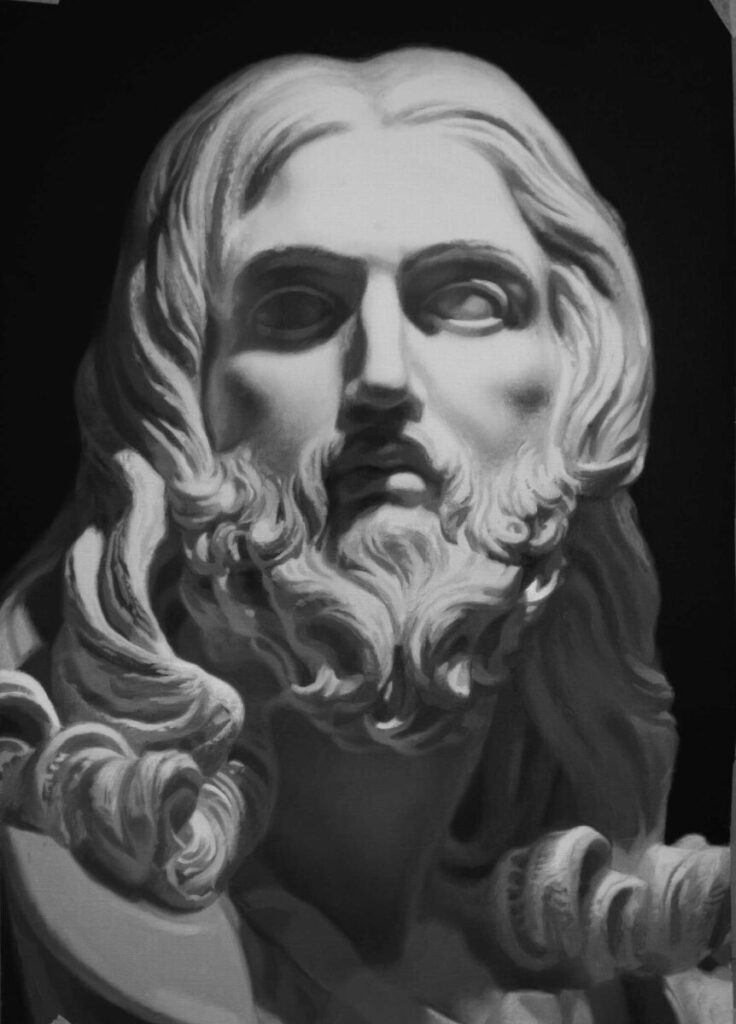
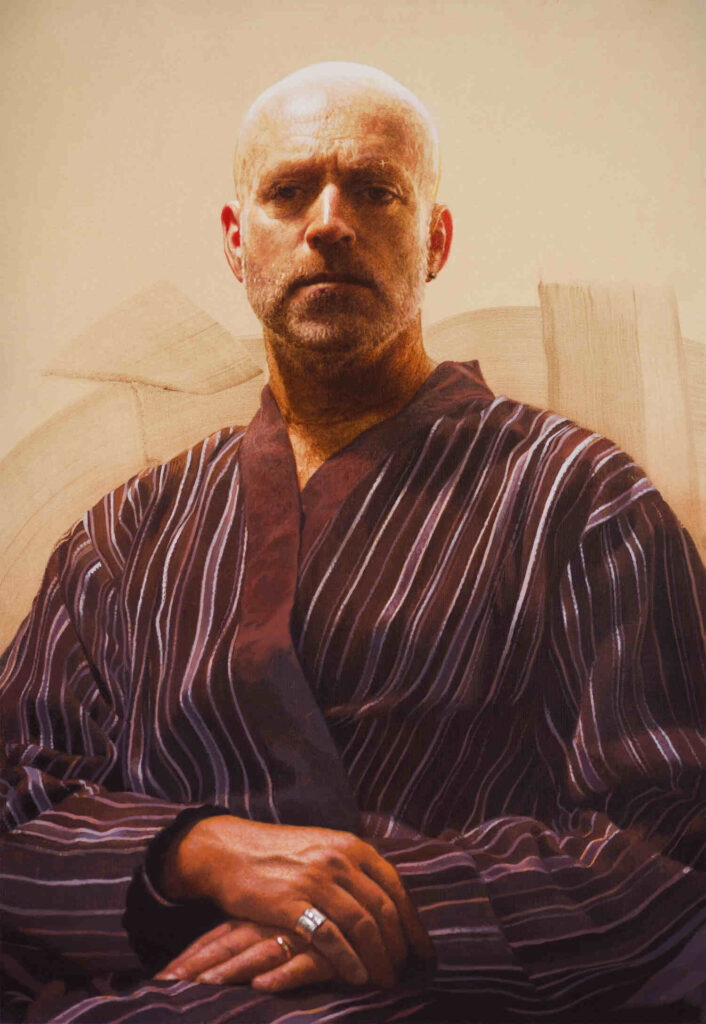
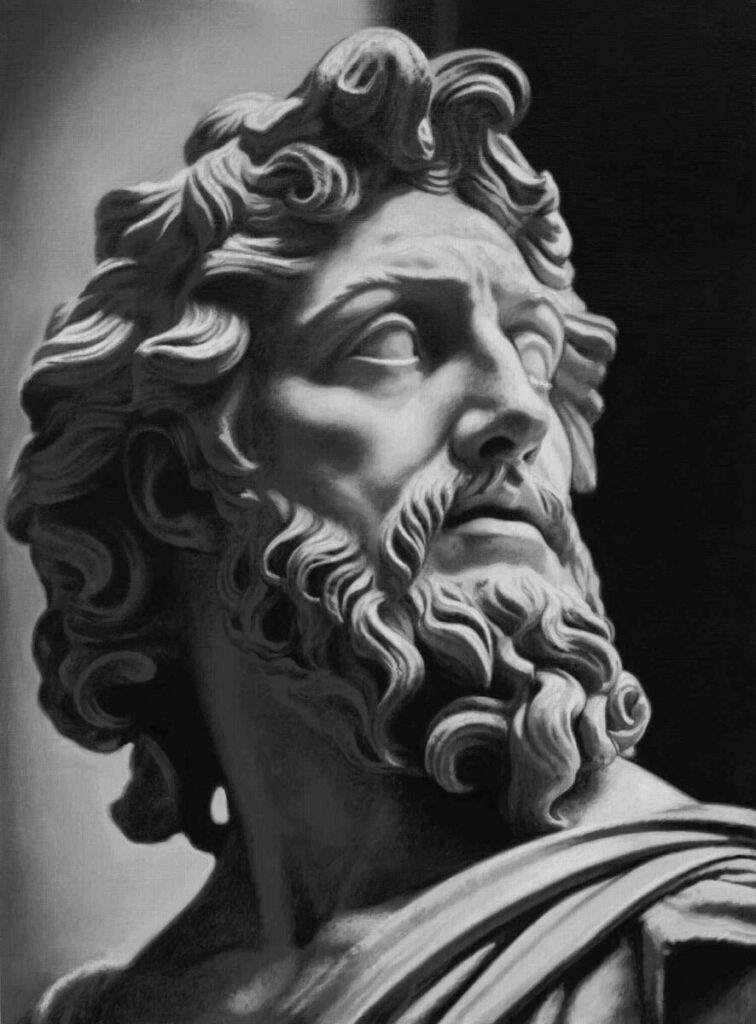
Paintings including ‘Field’ and ‘Gateway’ have an AI generated look to them reminiscent of the early days of Midjourney but I understand these pieces are in fact anti-AI. Can you tell us more about your stances on AI and how these paintings subvert initial expectations from viewers?
These paintings adopt a position that, if not completely ‘anti’ AI in a binary sense, certainly draws attention to the issues and disastrous implications of its advancement.
I’ve spent much of my life creating paintings based on actual sculptures that I spend weeks – even months crafting; the sheer labor expenditure in a search for authenticity of subject has perhaps been more arduous than makes any rational sense. The idea of AI making its way into the realm of creativity therefore interests and disturbs me greatly.
Here, I am attempting to throw art back in the face of the machine.
For me, paintings like this need(ed) to be made questioning the emergent technology’s role in art during what I think is a pivotal moment. These scenes are meant to represent a horrific (yet seductive – even beautiful) metaphorical land; a direct reference to both the diffusion process of AI and my own art, with figures dissolving into the environment and grotesquely re-emerging. I am asking viewers to approach these paintings as if they were explorers stumbling into this strange space which reflects us as a society – like the picture of Dorian Grey absorbing all our misdeeds and intentions.
Interested by what it would do with my art, I’ve used the algorithm to reference my paintings, sculptures and photographs for some of these pieces. I re-interpreted these base outputs loosely with free flowing, wandering brushwork and a painterly approach in an attempt to conciliate with my original work, completing a cycle of human, machine, to human again.
The paintings represent an effort to recapture the human hand; filtering the augmented source back through the mind of an artist. What results is a conversation with the machine. It is monstrous, but I personally love what has evolved from these experiments. For me, it is a fascinating question of the history of an idea, and collective vs personal memory. The paintings strive to push beyond a question of aesthetics and authorship, and should be regarded with that in mind.
Oil painting has historically been considered an ‘elevated’ form of art, and is therefore the perfect way to approach the discussion. The exhibition includes some paintings that clearly reference the aesthetic of early machine learning, what will prove to be an almost nostalgic point at which the world collectively started to think… ‘wow, we may be screwed!’ But much like historical ‘still life’ art before it, I’ve attempted to celebrate the mundane and render it beautiful.
How do you think we can approach the issues surrounding AI moving forward in the art industry?
AI, for good or ill, is probably here to stay. It will be used by artists, writers, and virtually everyone else to varying degrees because it makes things less difficult. For visual artists, it will be used to create props that would otherwise be unaccessible to them. Need a fancy costume for your subject? No need to approach a theater company. Would a medieval castle in the background make the painting better? We no longer have to go on an R&D trip around Europe. This is not so different from people using stock-images found on the web or referencing a popular set of plaster casts (for hands etc.. in classical paintings) before that. In this instance, the artist can’t really be blamed for opening Pandora’s box. Creatives have naturally been dipping their feet in these waters.. after all, its what we do: investigate new technologies and ideas through our medium.
I hope it can be made more ethical, and much less environmentally problematic. At its most base, AI can be used for mimicry and even as a complete replacement for creativity. It is when AI is presented as art in itself (something that effects photographers and digital artists more so than others right now), or claims to be solely the work of the ‘prompter’ that it becomes an ethical mess. Making images that look like another’s work also leaves a sour taste, and has even had some real-world consequences for a handful of remorselessly emulated artists. Thankfully, most of those are dead. But still.
When AI starts to reference itself due to the enormous proliferation of images generated, it may be less and less likely to come up with anything new or unique. Like most information in a vacuum it may start to cannibalize itself, and we could be left with something very insular that we have unfortunately learnt to rely on. A trap. Evidence of this has, to my eyes, already started to present itself, in terms of repeated compositions and homogeneous faces and poses.
I am concerned that if we become too reliant on what is presented to us as a ‘good image’ or a well constructed sentence, then we become less creative as a species. After all, did we loose the ability to do simple math with the proliferation of the calculator? The ability to think completely independently with the rise of the internet? Did the benefits of these advancements outweigh the costs? It is my concern, that in the instance of machine learning, they may not. Unfortunately our technology seems to have moved more rapidly than our ethics, or ability to contain it. These conversations needed to be had before it was released into the wild.
How does the art industry move forward? Like it always has. It will try to assimilate. There will also be a resurgence in some corners espousing the value of the hand-made. ‘Neo-neo Luddites’ perhaps. Maybe there will be a great divide between those who embrace the loss of authorship, and those who recognize the need to retain it.
Ben Howe Social Media Accounts
Website | Instagram | Facebook


